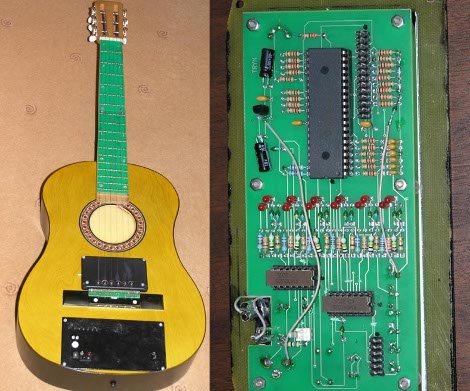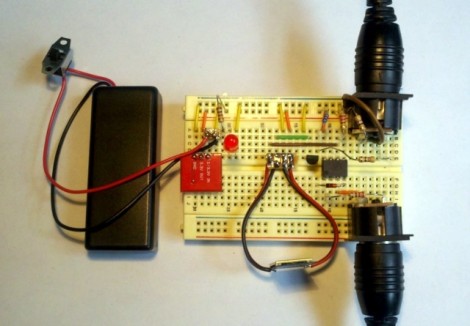
[nikescar] sent in a link to a huge isomorphic MIDI keyboard. We might have missed it the first time around, but that doesn’t diminish such a great looking project.
According to the project page, this humongous keyboard is the work people at Louisville Soundbuilders’ efforts to clone the AXiS-64 MIDI controller. Instead of looking like a ‘normal’ piano keyboard, this isomorphic keyboard puts notes in a hexagonal pattern. This keyboard layout is very useful – fingerings for chords are the same across all keys – but these keyboard layouts are fairly rare and MIDI controllers are expensive as a result.
To make the keyboard in the video velocity sensitive, there are two layers of PCBs. The top layer uses Cherry key switches, while the bottom PCB is an array of tact switches. Measuring the time between the top and bottom key presses gives the on board microcontroller velocity information that is converted to MIDI notes. This setup has a few downsides, namely the huge amount of switches, components, and pins needed for two keyboard matrices.
The project page hasn’t been updated for a few months, so we’re pretty curious about the current status of this build. If any of the Louisville Soundbuilders have an update on this project, send it on in.














